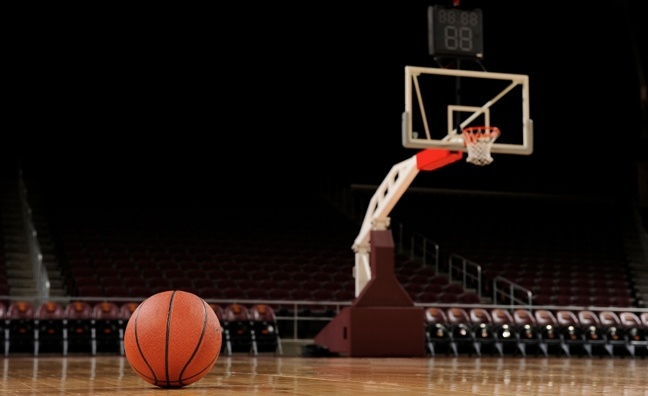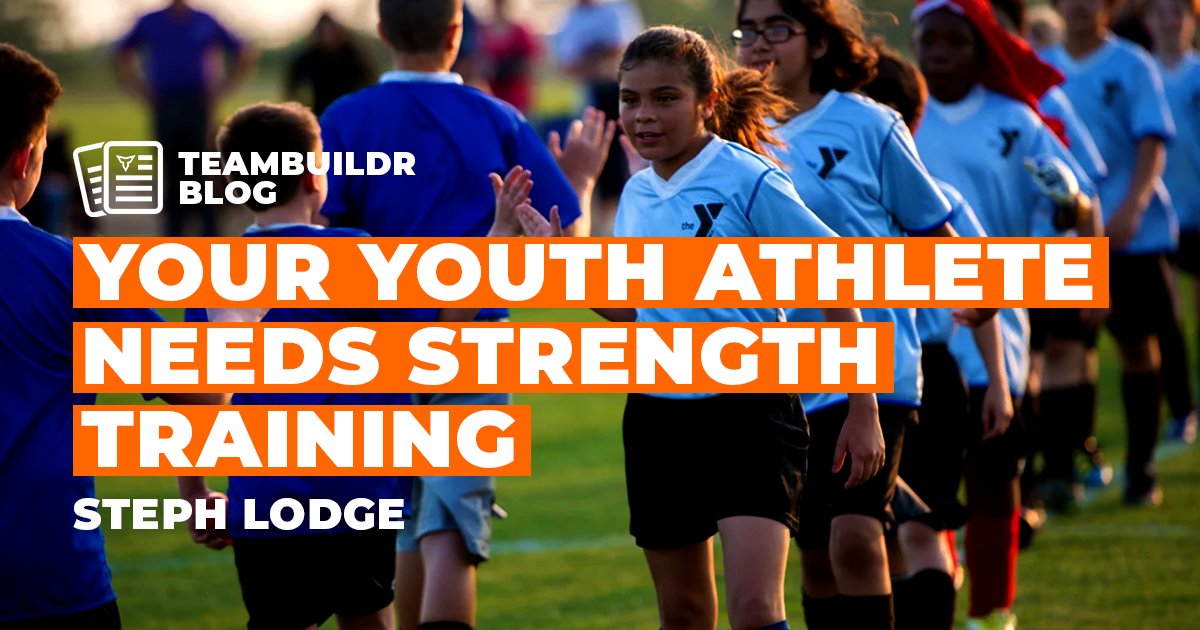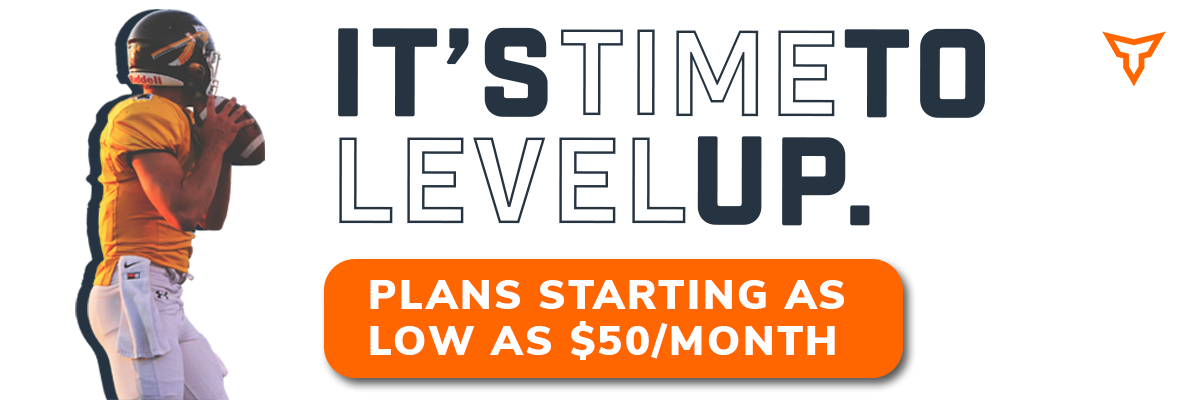The Athletic Performance Fiscal-Physical Ladder: Athlete Development
I love to think of the process of athletic development through the lens of sound financial management. In this process, the athlete arrives under your care with a metaphorical pile of student loans and a less than ideal interest rate to boot. They eventually dig their way out of “performance debt” and begin to make metaphorical (or literal) money through the training and practice process.
Eventually, they have an analogous emergency fund, retirement account, and investment accounts. Then, finally, they have sufficient funds to begin to make donations or share their wealth by giving back to the next generation of athletes or upcoming classes.
Much like your personal financial accounts, our performance investment accounts can grow when managed correctly and not undermined by exorbitant expenses or living standards above the current financial means.
What follows are a set of athletic development rungs, when undertaken iteratively, that lead to growth in an athlete’s or team's fiscal-physical performance.
Step 1: Get out of Debt
The first step to achieving fiscal-physical performance stems from the coach’s philosophy. One of the most common questions a coach gets in an interview is, “What’s your philosophy?”. Caulfield and Gearity (2017) discuss coaching philosophy using a bilateral approach focused on the coaching philosophy and the training philosophy.
“A coaching philosophy can be thought of as a set of values, attitudes, and beliefs that guide a strength and conditioning coach’s daily practice, whereas a training philosophy should be a system which is based on principles”
(Caulfield & Gearity, 2017, 1).
Why is coaching philosophy critical?
Because in this step, we are trying to modify behavior and habits. The outward-facing values of my program have always been attitude, effort, and attention to detail. These values are critical in shaping the behaviors and habits of the athletes under my direction for many reasons. Among the most important are:
- They are within the control of the athlete and coaching staff.
- Inward-facing pillars support them.
- They support a mindset conducive to future growth.
You will never dig out of performance debt with unacceptable behaviors and habits. Although, I realize a degree of success is achievable based on talent alone. I also believe that any success achieved is just as short-lived and fleeting as the impression of wealth that comes with a sizable car loan or belongings achieved through a mountain of credit card debt.
Step 2: Establish an Emergency Fund
Step two in achieving fiscal-physical performance is screening for, establishing, and maintaining holistic athlete health and wellness. Think of this as your emergency fund. A fund that supports athlete resilience.
Coaching with a concern for athletes’ holistic development and well-being means considering each athlete's personal, emotional, cultural, and social identity, and how this identity can influence sports skill development and performance.
Dr. Josh Nelson, Assistant Athletic Director for Applied Health and Performance Science at Penn State University, lists these eight branches of athlete health and wellness:
- Physical
- Intellectual
- Emotional
- Social
- Spiritual
- Vocational
- Financial
- Environmental
At a minimum, a performance screen, curriculum, implementation system, and evaluation with sufficient depth and breadth to address athlete health and wellness should be utilized. Therefore, we undertook a process through the three learning domains used commonly when designing a physical education curriculum. These include (Melograno & Kelly, 2014):
- The Cognitive: The cognitive domain aims to develop the mental skills and the acquisition of knowledge of the individual. It encompasses six subdomains: knowledge, comprehension, application, analysis, synthesis, and evaluation.
- The Affective: The affective domain includes the feelings, emotions, and attitudes of the individual.
- The Psychomotor: The psychomotor domain includes utilizing motor skills and the ability to coordinate them. The subdomains include imitation, manipulation, precision, articulation, and naturalization.
It is exceedingly important to note that medical evaluations are a part of this process and should be undertaken within the practitioner's scope of practice and with the support of qualified medical professionals. Once established, coaches should be attuned to any conditions that may affect health, wellness, and performance (i.e., asthma, sickle cell trait, diabetes, iron-deficient anemia, etc.) and work collaboratively and cross-functionally to ensure athlete needs are met.
Step 3: Invest in your Retirement
Investing in your fiscal-physical retirement is analogous to the evaluation and modification of movement kinematics and kinetics. This can be tricky as much has been written about the Functional Movement Screen (FMS) and its subsidiaries concerning injury predictability (Dorrel et al., 2018). While screening may provide a low predictive value regarding injury, it does provide a lens through which to view the athletes’ foundational human movement skills. In his book Athletic Development (2007), Vern Gambetta describes this as the athlete's ability to make shapes, hold shapes, and change shapes.
The kinetics evaluation is generally undertaken using field assessments, applied laboratory assessments, or both.
Field assessments might include:
- Repetition Maximum (RM) Tests
- Agility and Speed Tests
- Jump Displacement Tests
- Timed Tests
Applied laboratory assessments might include:
- Force Plate Tests
- VO2 Max Tests
- Isokinetic Tests
Should you have access to more powerful technology, such as a biomechanics laboratory, this process becomes straightforward. You can evaluate kinematics and kinetics on a scale that the coaching eye cannot see. If you want to know more, check out this article on the Teambuildr Blog.
When developing training prescriptions and coaching in this rung of the ladder, coaches should be using General Preparation Exercises (GPE). Much like our retirement accounts, which target specific funds, we need to have a specific attentional focus with targeted environmental constraints on the kinetic or kinematic trait that requires modification or optimization!
Step 4: Save and Invest
To engage in saving and investing in our fiscal-physical accounts, we must first understand the difference between technique and skill.
A technique is a way of carrying out a particular task. In comparison, a skill is carrying out a specific task in a complex and inconsistent environment.
Coaches would be keen to diversify their athletes’ savings and investment portfolios to represent appropriate technical execution and its application to the sporting context.
The types of training commonly executed in this rung include Specific Preparation Exercise (SPE) and Specific Development Exercise (SDE), with careful consideration not to attempt to mimic the sport too closely for fear of altering an efficient and well-established motor pattern used in the sport (i.e., the swing of a bat).
It is best practice to conduct a thorough evaluation and have a clear understanding of the demands of the sport when making training prescriptions in this rung. If you want to explore stops one through four on an enhanced level, I encourage you to check out this lecture I gave in 2021 to the coaching staff at Penn State University.
Step 5: Share the Wealth
One of the most incredible opportunities in sport is the possibility of mutual mentorship. When directed appropriately, a strong leader, group of leaders, senior class, or veterans on a roster can be a catalyst for future growth. Think of this as the compounding interest that athletes entering the twilight of their careers can pass on to the next generation. As coaches, we can facilitate this process by providing a system for facilitation where fellowship and mentorship can flourish.
Of course, a veteran group's ability to impart knowledge on an upcoming athlete or team is predicated on the less experienced athlete’s current behaviors and habits - their willingness to get out of debt.
Ladder up and get that money.
Subscribe to our blog
Subscribe to receive the latest blog posts to your inbox every week.
Related posts

5 Reasons to Use Undulating Periodization for High School Athletes

Using Pre-Game Jitters to Boost Your Athletic Performance


